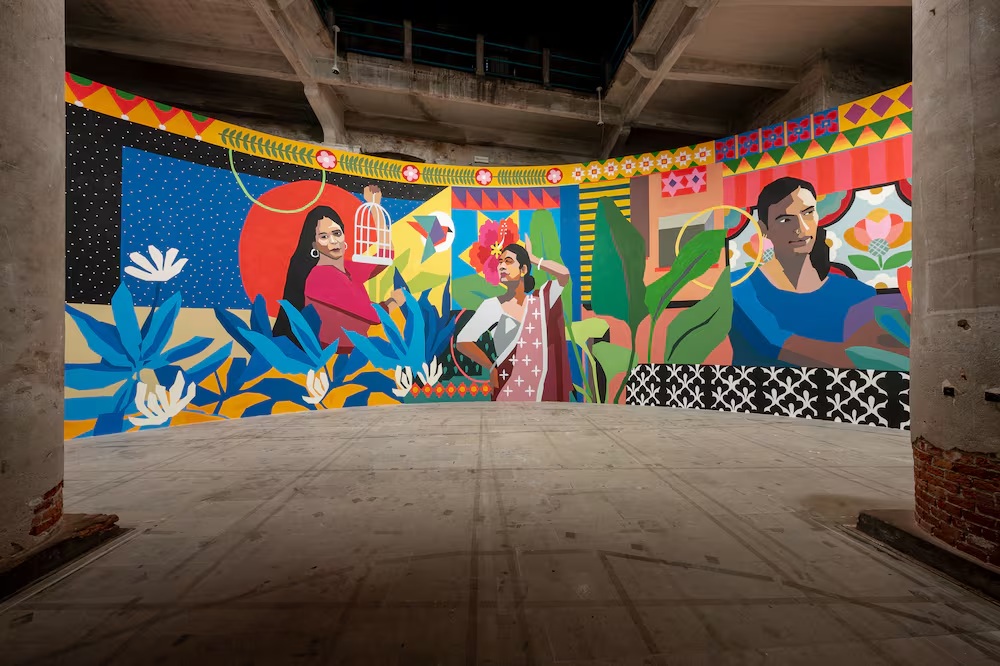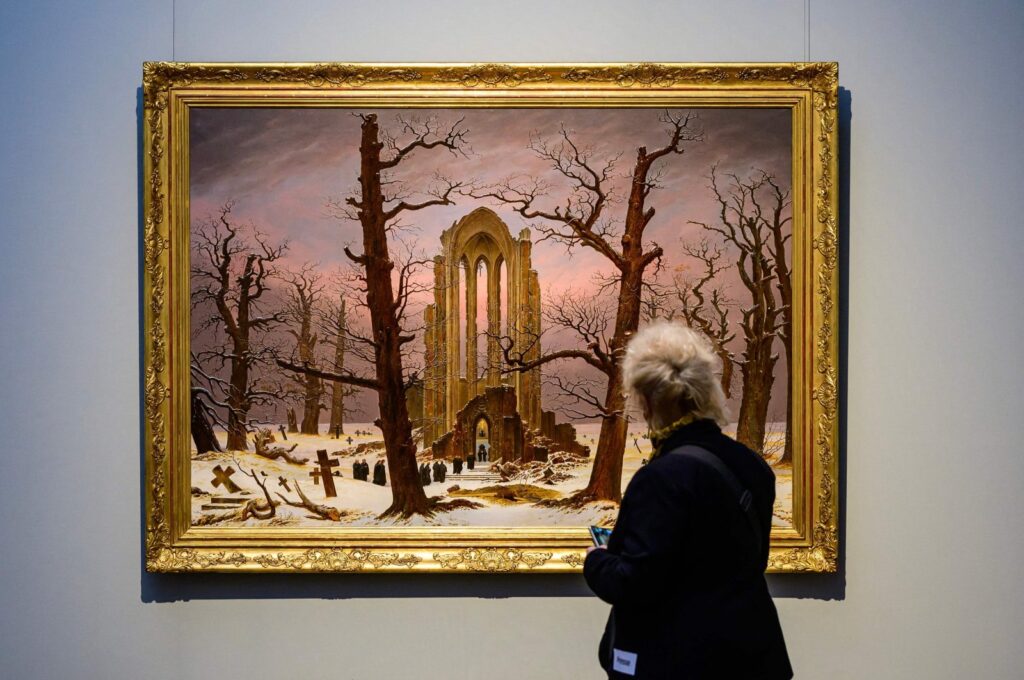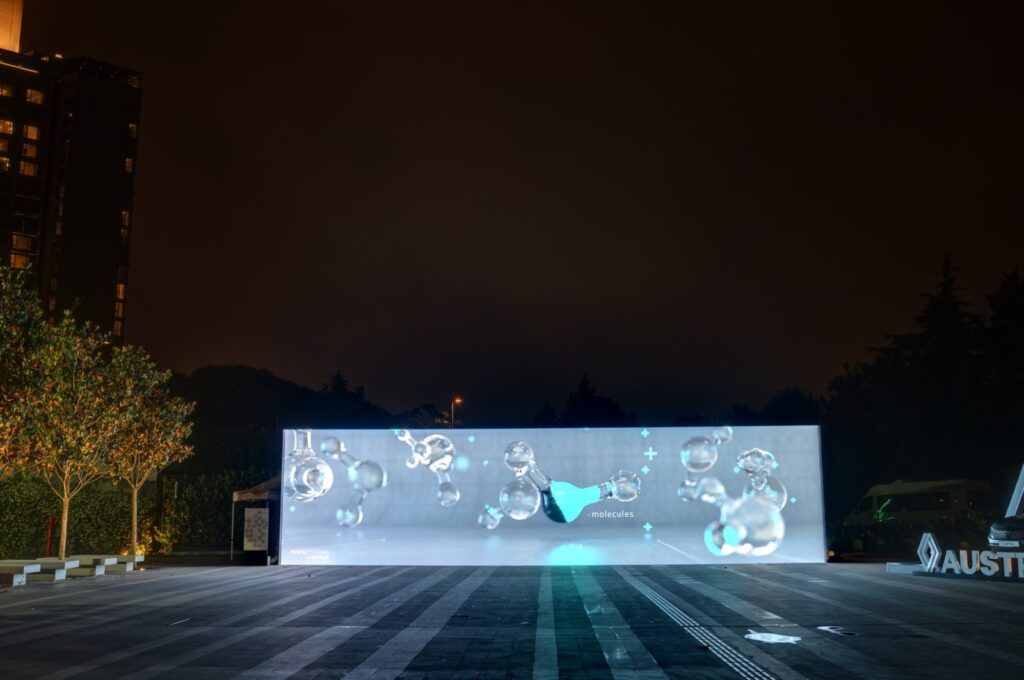
SANTIAGO, Chile (AFP): After the Chilean National Museum of Natural History’s decision to return a giant Moai statue, an iconic monument from Easter Island, the artifact started its long journey back home on Monday.
The monolith is one of hundreds, called Moai, carved by the Rapa Nui in honor of their ancestors and sometimes referred to as the Easter Island heads.

The statues are today the greatest tourist attraction of the island, over 2,000 miles (3,219 kilometers) from the coast of Chile. Sculpted from basalt more than 1,000 years ago, these stone statues and giant heads have brought the island fame and UNESCO World Heritage Site status.
The one being returned, dubbed Moai Tau, is a 715-kilogram (1,500-pound) giant brought by the Chilean navy some 3,700 kilometers (2,300 miles) across the Pacific in 1870.
Eight years later, it was moved to the natural history museum to be displayed.
The Rapa Nui, for whom the Moai represent the spirits of their ancestors, had been asking for the statue’s return for years as well as other cultural treasures taken from their island.
“For the Rapa Nui, their ancestors, funerary objects and ceremonial materials may be as alive as members of their communities themselves,” said a museum statement.

The return of the monolith “is profoundly significant as a gesture towards our indigenous peoples,” said museum curator Cristian Becker.
With delays due to the coronavirus pandemic, the statue will finally depart from the port of Valparaiso next Monday on a trip of about five days to Easter Island, said the museum, “after a complex technical and diagnostic process” to guarantee its structural integrity.
A traditional ceremony was held at the museum Monday to send the statue safely on its way.
“It is essential that the Moai return to my homeland. For them (the community) and for me, this day is very much awaited,” said Veronica Tuqui, a Rapa Nui representative.


Back on Easter Island, the Moai will be exhibited at the Father Sebastian Englert Anthropological Museum.
The Rapa Nui community has also asked the British Museum in London to return another Moai, dubbed Hoa Hakananai’a, that was taken in 1868 from Orongo, a ceremonial village on Easter Island.
The Rapa Nui in 2017 gained self-administration over their ancestral lands on Easter Island, a special territory of Chile.
The post Chilean national museum returns Easter Island Moai statue appeared first on The Frontier Post.








